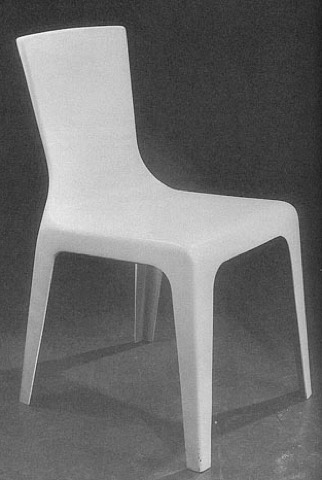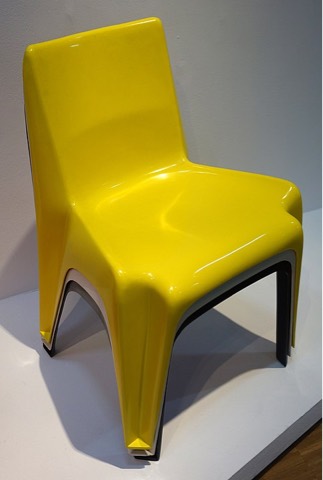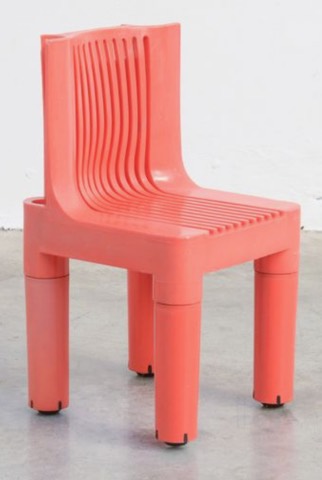This is the story of a chair. No, the ‘chair’ here is not a metaphorical representation of a political seat of power. It is quite literally about, well, a chair! The ubiquitous Monobloc – or in simple terms, the plastic chair that you find everywhere. You may find it on a beach, a shack, a living room, a restaurant or, for that matter, even in a conference room. I am not sure if it is the peoples’ favourite chair, but definitely, it is a very famous chair.
So, what makes it so accessible and who is the genius creator behind it?
What works in its favour?
All said and done, the monobloc chair or the plastic chair has penetrated deep and wide into almost all societies. Three things stand out in its favour. These chairs are
- Affordable
- Stackable, and
- Light in weight
The qualities that make them useful anywhere and everywhere. So much so that, I have seen people use it in the place of a broken driver’s seat of a pickup truck!
The Timeline
If you go a little deep into history, it all started with a Canadian designer D. C. Simpson. In the year 1946, he created the Moulded Plastic Chair Prototype, which is breathtakingly smooth-flowing and easy on the eye. It could not go for mass production as the manufacturing process was not conducive enough for low-cost mass production, yet.



Not much happened till 1964 when Helmut Batzner created The Bofinger Chair. Lightweight and Stackable, The Bofinger paved the way for an irreversible trend.
The next significant design in the chain comes from the duo Marco Zanuso and Richard Sapper. They designed a Children’s Chair for Katrell, Milan in the early 1960s.
The thought of stackable chairs was first proposed by a German architect and designer, Ludwig Mies van der Rohe before the Second World War.



It is the Children’s Chair design that Joe Colombo used as the basis to create the first commercially manufactured all-plastic injection-moulded chair – Chair Universale, in the year 1967. With detachable feet to adjust the height, bold & colourful style, Chair Universale made plastic chairs artful and stylish from being something cheap.
While Colombo was working on his Chair Universale, Danish Designer Verner Panton began his groundwork on his masterpiece The Panton Chair. The sleek, curvaceous design caused quite a sensation in the design circles. This chair went on to become the world’s first commercially manufactured single-block moulded plastic chair and thus it becomes a technical predecessor to the Monobloc.
Then came the Grosfillex Resin Garden Chair in the year 1983 from the Grosfillex group. This design, which is what we see today, took the world by a storm. Good or bad, it is with us and in my opinion would remain so, forever.
Conclusion
In the end, it all boils down to the context and the usage; they dictate a product’s adaptability. In Social Theorist Ethan Zuckerman’s words, the Monobloc attained global ubiquity – it broke all the barriers of a context and thus became context-free. The aspect of free-from-any-context makes the Monobloc chair omnipresent, love it or hate it!
Fun fact – The city of Basel, Switzerland, banned this chair from the year 2008 to 2017 as they felt it was dampening the beauty of the cityscape! Well, how’s that for a collective artistic choice.
Share your thoughts and stay safe!!


